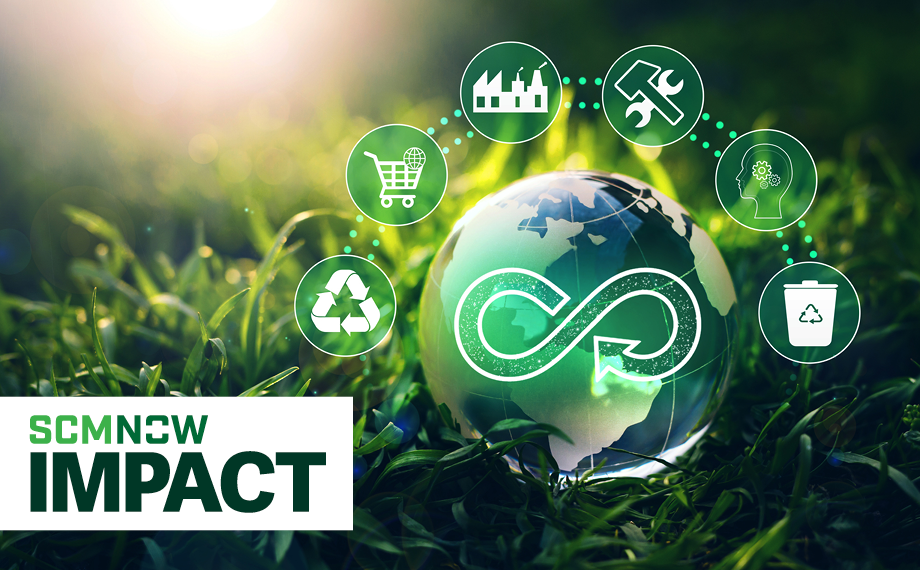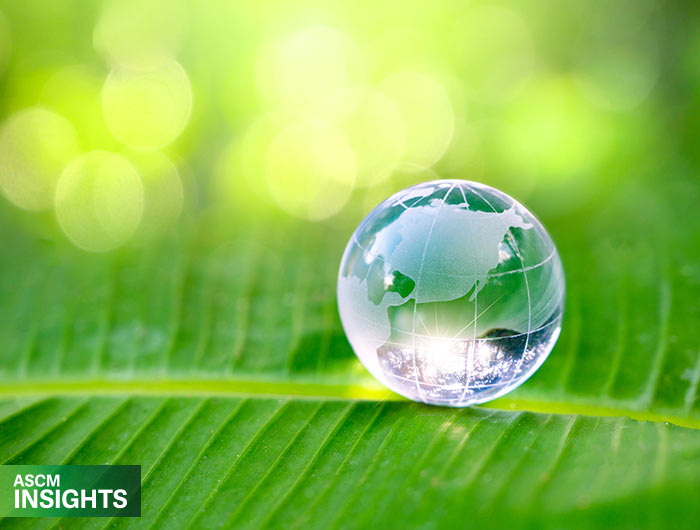Here at ASCM, we’re passionate about supporting and advancing the circular supply chain, a system of reusing and regenerating materials and products in a more sustainable way. The goal is to dispense with the take-make-waste structure of the linear supply chain and refocus on minimizing waste and maximizing the use of resources — and potential profits. Regenerative agriculture has a similar aim for the biodiversity and nutrition of soil, and it’s a burgeoning trend in sustainability.
Regenerative agriculture is a “farming and grazing practice that… reverses climate change by rebuilding soil organic matter and restoring degraded soil biodiversity,” defines the nonprofit Regeneration International. This farming method results in a reduction in carbon, the creation of drought-resistant soil, the restoration of grasslands, and many other nutritional benefits, but it can also improve crop yields and revitalize local economies, the organization goes on to explain. The benefits — and the goals — depend on the farm, crop and geography. “The PepsiCo regenerative program draws on site-appropriate use of reduced tillage, cover crops, rotational diversity and livestock integration,” Forbes reports, whereas “the Maker’s Mark small grains program has an emphasis on how soil health and nutrient cycling could impact regional water quality as well as carbon footprint,” and Motts’s apple program attempts to increase “native pollinator species.”
KIND, a subsidiary of Mars Inc. that’s known for its fruit-and-nut bars, is looking to its almond suppliers to ensure farm practices are bee-friendly and “employ regenerative agriculture practices on a mass-balance basis,” Trellis reports. Sustainability also necessitates water conservation: Almonds, which are primarily grown in drought-plagued California, are infamous for the volume of water they require to grow in— 3.2 gallons per nut, in fact. Though other nuts require similar amounts of water, the growing conditions aren’t usually as dire. KIND and its partner ofi, a food ingredient supplier, have already reduced water use by 30% “by transitioning from aboveground to subsurface irrigation,” without impacting production, Trellis continues. The new irrigation system “minimizes water use, eliminates surface water evaporation, lowers fuel consumption by irrigation pumps and reduces disease and weed growth.” It’s also expensive, costing twice as much as a traditional setup, but reduces long-term energy costs.
KIND is hoping other companies will follow its lead, because most almond farms are relatively small and family-owned, so the farmers are taking a risk by making big changes to their existing processes. But they’re also prepared to embrace transformation: “Farmers are already feeling the effects of more extreme weather events and are motivated to evaluate regenerative farming as a way to protect their farm income and their ability to pass along a viable business to the next generation,” notes Forbes. Supporting the environment and helping suppliers build resilience for the future is just the kind of initiative we can get behind.
Looking to a brighter future
As supply chain professionals, we must continually build our knowledge to keep pace with the changing global economy. One way to start right away is by enrolling in ASCM’s new credential, Certified in Transformation for Supply Chain (CTSC). With this innovative program, you’ll learn to lead an end-to-end supply chain transformation, leveraging the ASCM Standards for Sustainability — designed to empower organizations to reach their goals, improve results and be more competitive in today’s marketplace.
And now is a great time to sign up for this or any other credential or certificate program that will lead you on a new path to career advancement: For a limited time, we’re offering 15% off APICS certification learning systems and bundles and all certificate products. Just use code SAVE2025, and sign up today!



